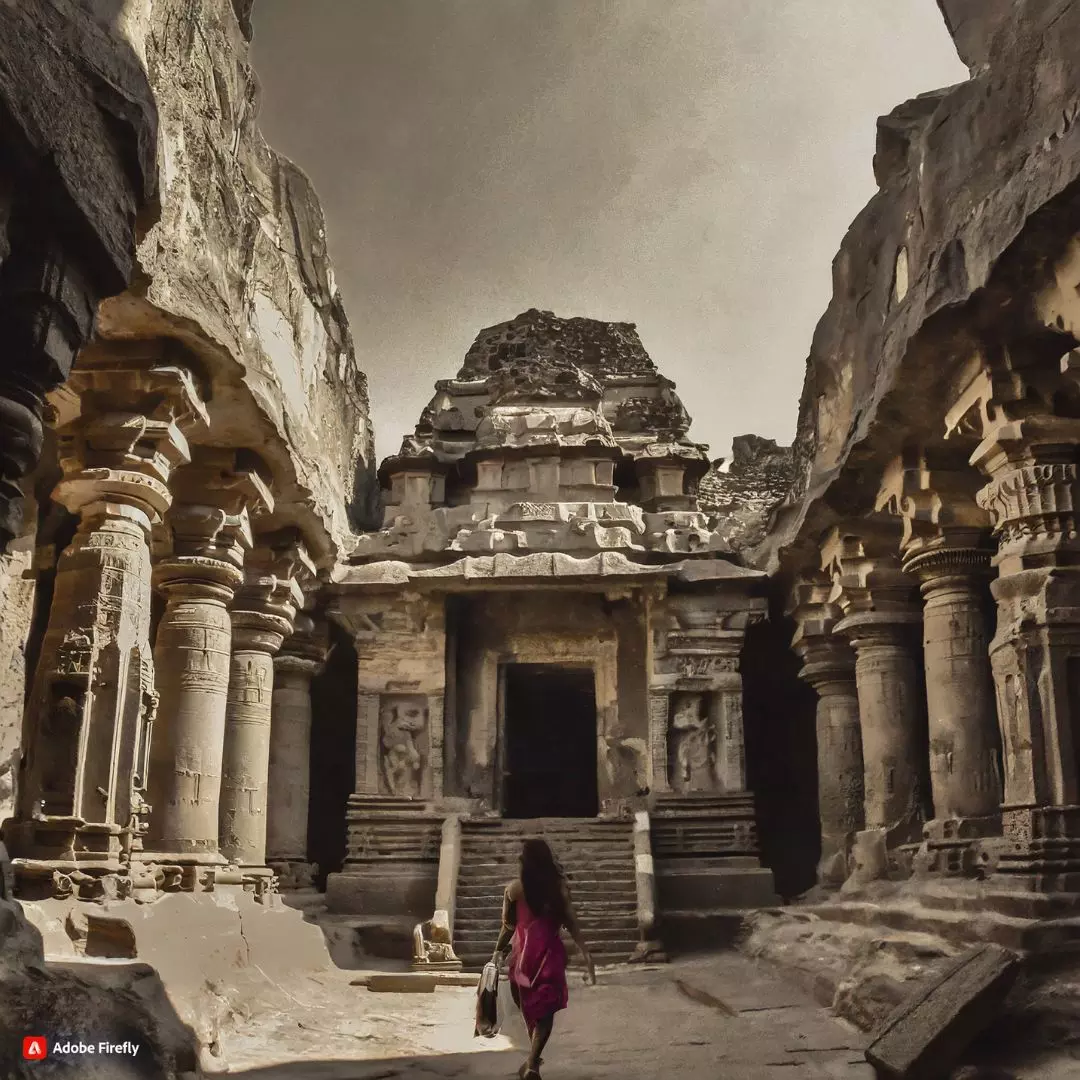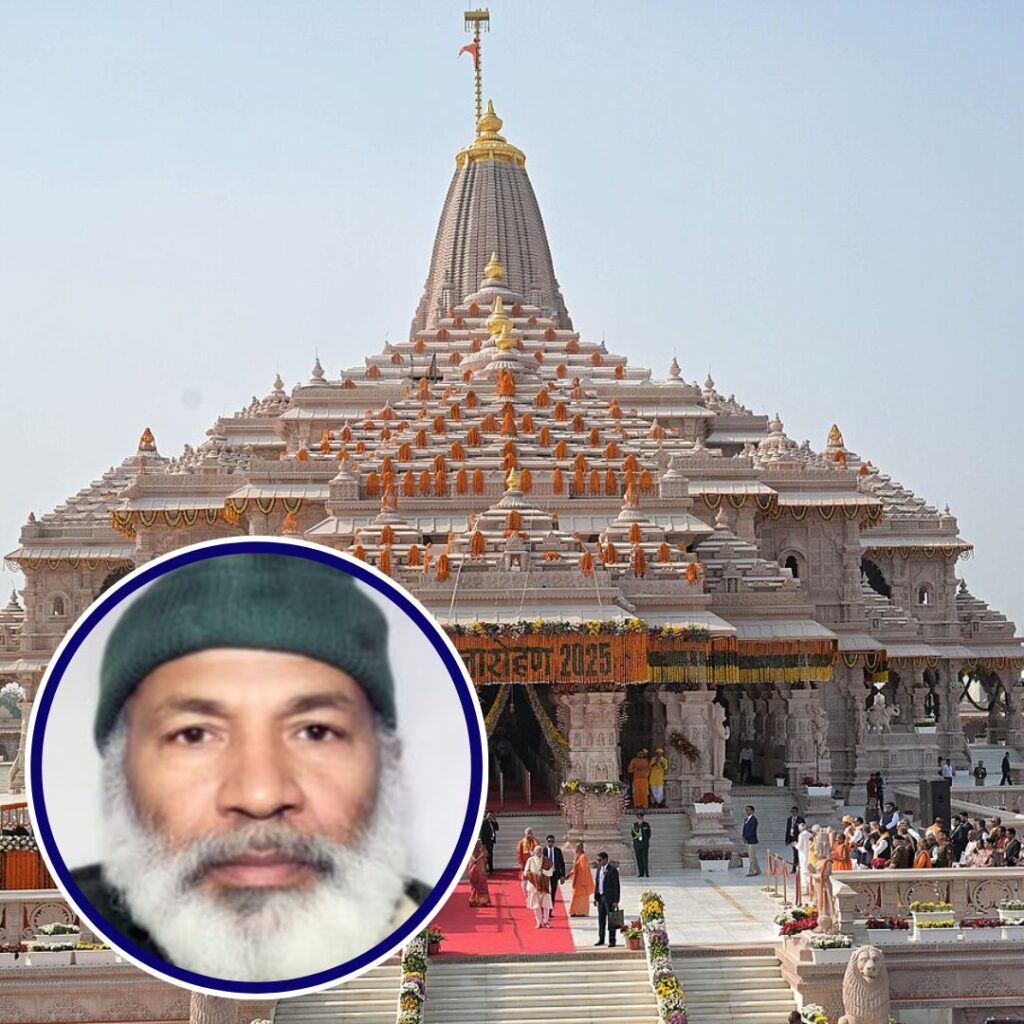In the heart of Maharashtra, not far from Aurangabad, lies a spectacular testimony to India’s ancient civilization – the Ellora Caves. This archaeological marvel spans over 2 kilometres, featuring 34 monasteries and temples intricately carved into the basalt cliffs. Dating from A.D. 600 to 1000, the Ellora complex is a living canvas of Buddhism, Hinduism, and Jainism, showcasing the remarkable spirit of tolerance that defined ancient India.
The Ellora Caves, a UNESCO World Heritage Site since 1983, stand as an outstanding example of coexistence and religious tolerance. The 34 caves, carved in three phases over six centuries, house sanctuaries dedicated to Buddhism, Brahmanism, and Jainism. The earliest caves reflect the Mahayana philosophy of Buddhism, while the Brahmanical group, including the iconic Kailasa Temple, was carved between the 7th and 10th centuries. The final phase, from the 9th to 12th centuries, brought forth caves reflecting Jaina philosophy.
Unraveling the Masterpieces: Buddhism, Hinduism, and Jainism
Among the Buddhist caves, Cave 10, also known as the Carpenter’s Cave, Cave 11, and Cave 12 stand out, representing the development of Vajrayana Buddhism. The Brahmanical caves boast Cave 15 with its Dasavatara (Cave of Ten Incarnations), and the monumental Cave 16, Kailasa, a technological marvel. Jaina caves, known for exquisite carvings, include Caves 30–34.
Ellora’s recognition as a UNESCO site is grounded in its unique artistic achievement and the ability to bring ancient India to life. The rock-cut temples, particularly the Kailasa Temple, represent a technological feat unparalleled in its time. The site’s uninterrupted sequence of monuments from A.D. 600 to 1000 attests to its historical and cultural significance.
Managed by the Archaeological Survey of India (ASI), Ellora faces challenges such as visitor and environmental management, seepage, and potential cracking in the caves. The conservation efforts include a comprehensive survey and a Conservation Management Plan to ensure the sustained protection of its Outstanding Universal Value, integrity, and authenticity.
The Ellora Caves, strategically located along ancient trade routes, served as both temples and commercial centers. The Hindu caves, constructed between the 6th and 10th centuries, showcase architectural brilliance. The Kailasa Temple, attributed to Rashtrakuta king Krishna I, stands as a monumental example of rock-cut architecture.
The Buddhist caves, featuring viharas and prayer halls, include the unique Cave 10, known as the Vishvakarma Cave, a chaitya worship hall. Jain caves, belonging to the Digambara sect, were excavated in the 9th and early 10th centuries, emphasizing the depiction of the twenty-four Jinas.
Ellora’s legacy endured centuries of admiration, with records dating back to the 9th and 10th centuries attesting to its popularity among Buddhist monks. However, the site also faced challenges, particularly during the 15th to 17th centuries, when Muslim armies engaged in iconoclasm, resulting in substantial damage to idols.
The Ellora Caves stand as a testament to India’s rich cultural tapestry, where three distinct religions coexisted harmoniously. As visitors explore this timeless site, they embark on a journey through the architectural and spiritual legacy of ancient India, where the rock-cut temples of Ellora continue to narrate tales of tolerance, creativity, and historical significance.
Also Read: Solar Cooking Revolutionizes Sustainable Cuisine: A Growing Global Phenomenon












